Manly Police Station marks 100 years of crime-fighting service to the community
Last year marked the centenary of Manly Court House and this year marks the centenary of its Belgrave St neighbour and partner in crime-fighting – Manly Police Station.
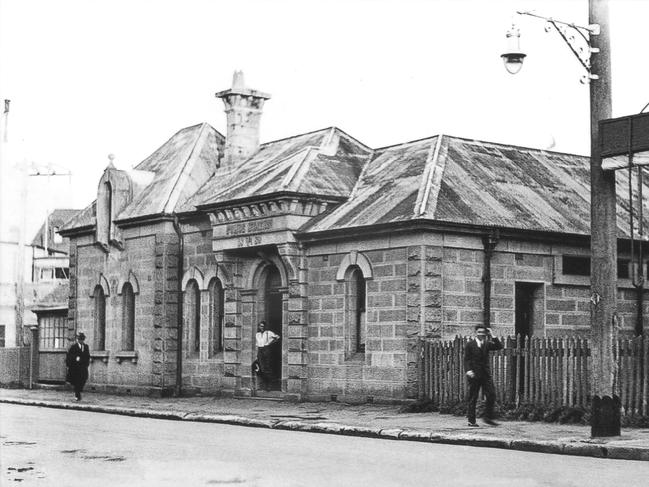
Manly
Don't miss out on the headlines from Manly. Followed categories will be added to My News.
Last year marked the centenary of Manly Court House and this year marks the centenary of its Belgrave St neighbour and partner in crime-fighting – Manly Police Station.
The first police station in Manly was built on the corner of Sydney Rd and Market Lane, not far from The Corso, and to some extent it was the result of requests from residents of Manly.
Manly’s founder, Henry Gilbert Smith, had set aside a piece of land for a police station and the Inspector-General of Police at the time, John McLerie, was in favour of a police station being built at Manly.
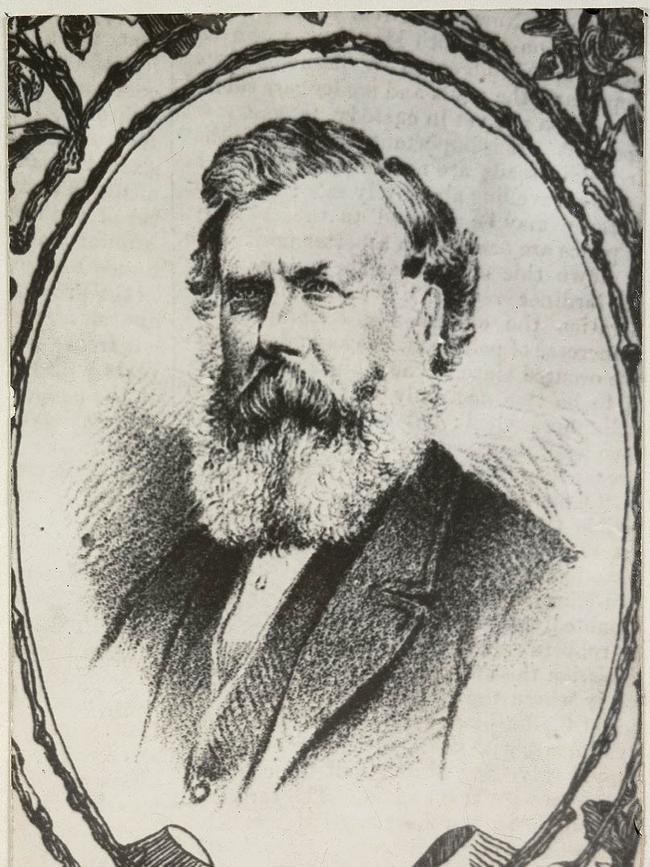
At a public meeting in the Steyne Hotel on May 17, 1865, two resolutions were passed: “That in the opinion of this meeting, it is most desirable to have a watch-house or lock-up erected on Manly Beach, for the safe custody of offenders against the law, until they can be conveyed to Sydney and delivered over to the proper authorities, and that Mr. H. G. Smith’s kind offer of a suitable piece of ground be accepted”, and: “That a petition, in conformity with the above resolution, be prepared, signed by the chairman, and given to W. Tunks Esq, member for St. Leonards, for presentation to parliament.”
At the time, Manly lay in the seat of St Leonards and William Tunks was the local member.
The land that Smith had offered had a street frontage of 33m to Sydney Rd and a street frontage of 46m to Market Lane.
In February 1866, the Department of Public Works sought tenders to build a police station that had been designed by the Colonial Architect’s Office.
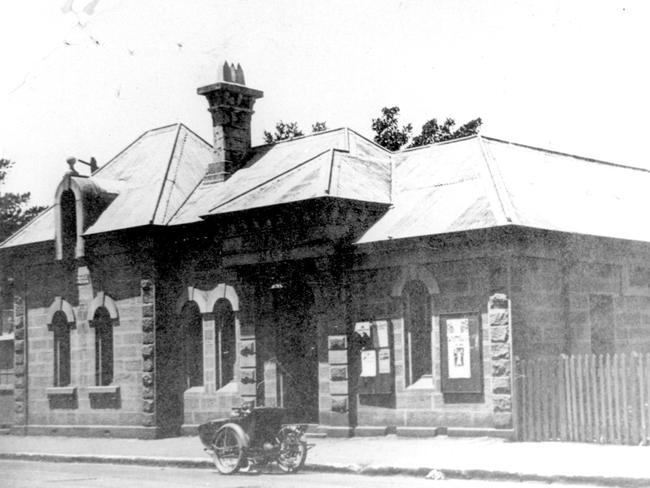
The successful tenderer was Manly builder William Mildwater, who tendered a price of £635 to build the stone structure.
The police station was completed in December 1866.
By 1887, however, the station was proving inadequate and during a visit to Manly by the Minister of Justice and the Postmaster-General, they were surprised how small the station was, consisting of one room downstairs that was used as a sitting-room and dining-room, a small kitchen 6ft x 8ft, a bedroom upstairs, a charge room and two small cells each measuring 6ft x 8ft.
The sergeant in charge at the time, Sgt Murphy, was married and had three children, and all five family members had to sleep in the one bedroom.
But the Inspector-General of Police told Manly Council that he did not think the station could be improved but that, while a new building would be nice, he did not feel justified recommending a new one be built at that time.
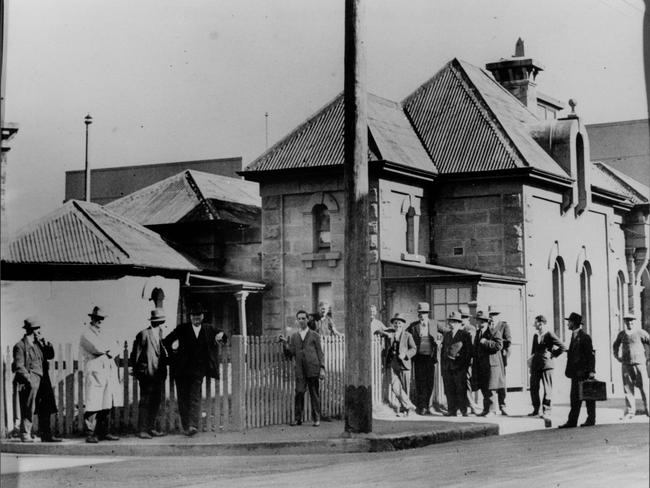
But the Inspector-General of Police relented and in November 1888 tenders were sought for additions to the Manly police station.
The successful tenderer was David Taylor for £1425 but the job cost him £200 more than he had anticipated and he went bankrupt as a result.
By 1912 the police station was again in the news for its deficiencies: “When it rains, the Manly police station is not the best place to be,” one Sydney newspaper reported.
“The lockup-keeper has to climb up to the ceiling with a bucket to catch the leakage from the roof that would otherwise drip on the senior-sergeant’s table.
“On two or more occasions officers from the Government offices have inspected the Manly police station and reported that certain repairs were necessary and the Police Department has also the passed the work as urgent.”
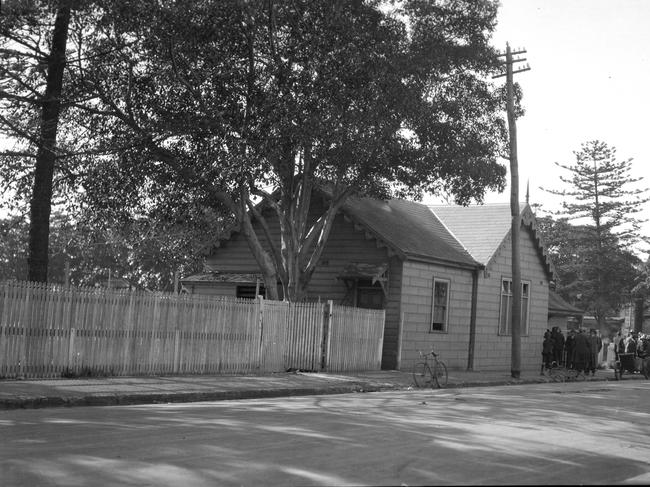
Up to 1916, Manly had previously been a sub-station of No. 4 Division in the city but in that year the Inspector-General of Police, James Mitchell, created a new metropolitan police district – No. 14 Division – to cover the northern beaches from Manly to Palm Beach under the charge of Inspector Carson.
Several aldermen on Manly Council saw this as the perfect opportunity to urge the government to build a new police station at Manly but other aldermen, including Mayor Ellison Quirk, repeatedly voted down such actions.
By 1919, however, and with a new man in the mayor’s seat in the person of Alfred Albert Edward Ernest Theodore Muswellbrooke Orlando Vassa Reid, Manly Council began agitating for the construction of a purpose-built courthouse in Manly to replace the ageing former hotel in Ivanhoe Park that was being used as a courthouse and to also build a new police station.
It was no surprise that Manly locals christened their mayor “Alphabetical Reid”.
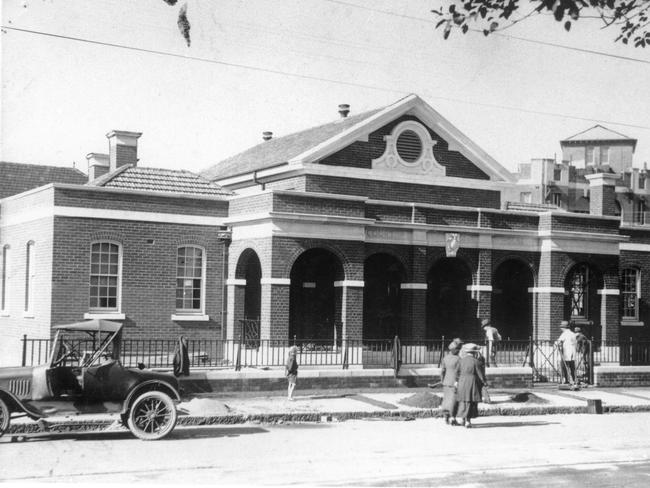
In September 1919 an officer from the Justice Department visited Manly and, together with the local police inspector and the council’s town clerk, assessed several possibly sites for a new courthouse.
In February 1920 the Under Secretary of Justice informed the council that a new courthouse would be built in Belgrave St on land that had been resumed for the construction of the Northern Suburbs Ocean Outfall Scheme.
The site chosen for the new courthouse was on land that had been part of 100 acres that had been bought from the Colonial Government by John Thompson in 1842 for £72.10.0.
In 1853 Thompson sold his land to Manly’s founder, Henry Gilbert Smith, for £800, representing a substantial profit for Thompson.
Smith ended up owning a large part of Manly north of The Corso, which he subdivided in 1858 as the Brighton Estate.
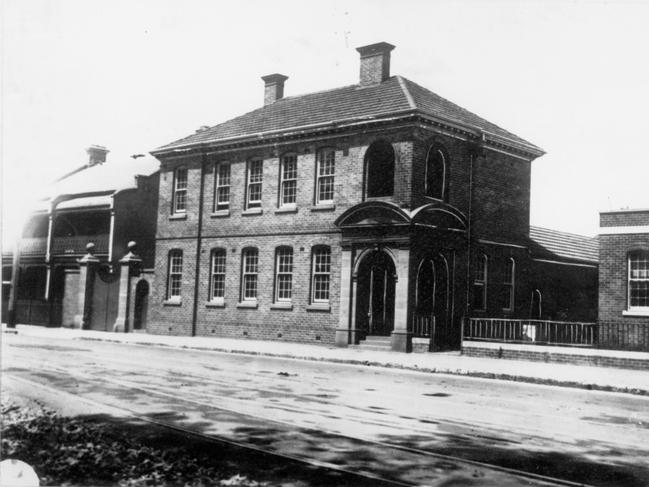
Lots 39 to 45 in Section E of the Brighton Estate, between Belgrave St and Whistler St, most of which are now occupied by Manly Police Station, Manly Court House and Manly Town Hall and council offices, were purchased by William Rolfe, a wealthy man who was active in local affairs and had numerous landholdings in the area.
After Rolfe’s death in 1879, his seven lots in the Brighton Estate were inherited by James Sandy, who in 1880 sold the land on which the police station and courthouse were later built, comprising lots 39 to 43, to Edmund Wolstenholm and Samuel Owen, but retained lots 44 and 45, on which Manly Town Hall and council offices were later built.
Wolstenholm and Owen sold lots 39 to 43 to George Miller in 1883 and in 1913 Miller sold lots 39 to 43 to Patrick O’Brien.
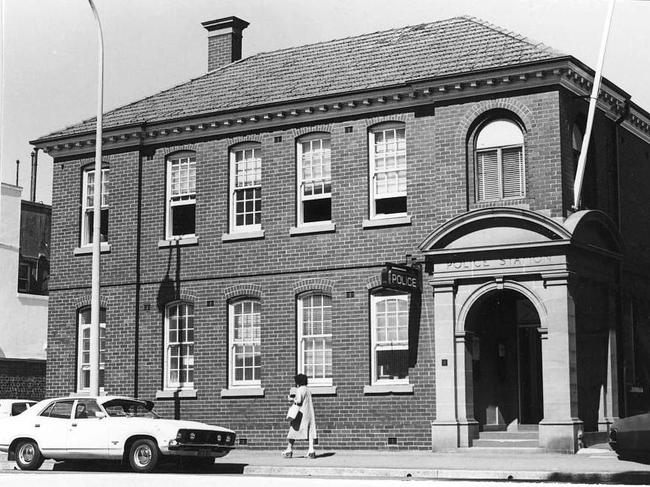
But in 1919 lots 39 to 42 and part of lot 43 were resumed by the State Government under the Public Works Act of 1912 “for the construction of a system of sewerage, with ocean outfall, for the northern suburbs of Sydney”.
The sewerage system under construction was the Northern Suburbs Ocean Outfall Scheme, which was built between 1916 and 1936 to serve one-third of Sydney’s population, with the ocean outfall located at North Head.
The scheme was devised by the Public Works Department and work started on the ocean outfall at North Head in late 1916 or early 1917, while work on the underground pipeline between North Head and Clontarf began in 1920 and was completed in 1925.
The only part of Rolfe’s land that had been resumed for sewerage purposes that was actually used for that purpose was a narrow strip of land at the northern end of Lot 39, beneath which the sewerage line runs and which is now a driveway and dock for the police station.
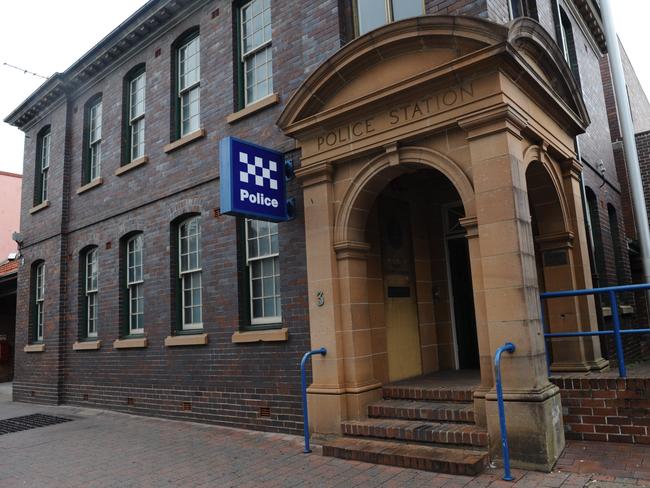
The rest of Rolfe’s land that had been resumed in 1919 for sewerage purposes but not used for that purpose was transferred to the Justice Department, meaning it was now ripe for the construction of a new police station and a new courthouse.
Ultimately the land transferred to the Justice Department was subdivided so that half of it was owned by the Minister for Police and half was owned by the Minister for Justice.
The foundation stone for the new courthouse was unveiled on September 19, 1923, and the courthouse was officially opened on July 4, 1924.
In October 1924, the Department of Public Works sought tenders for the construction of the new police station, which had been designed by the Government Architect, George McRae.
The new police station in Belgrave St was opened in August 1925.
With the new police station open for business, attention returned to the fate of the old police station in Sydney Rd, which now stood empty.
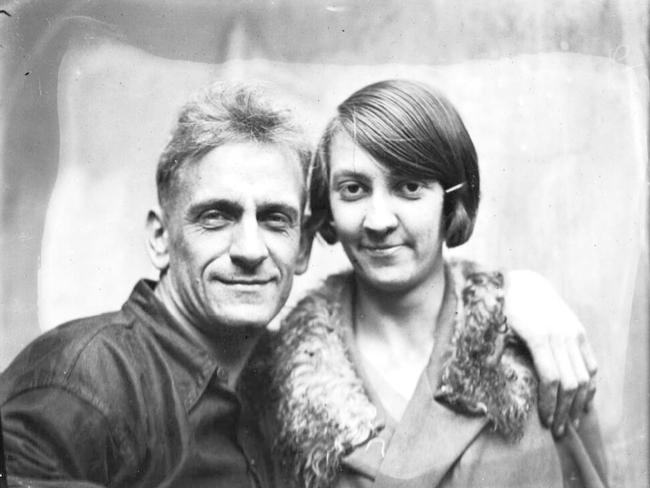
In June 1928, Domain orator, political stuntman, limelighter and well-known serial pest Harry Meatheringham took vacant possession of the old station and moved his wife and his furniture into the building.
Within 10 days he had been evicted.
To prevent any further unauthorised occupation of the building, it was put to auction in August 1928 and sold for £102.10.0 to G.L. Cooper of Camperdown and had to be removed within eight weeks.
Next came the question of what to do with the now vacant site of the old police station, which was valued at £6000.
The Resumed Properties Department offered to sell the site to Manly Council but the council said it couldn’t afford it.
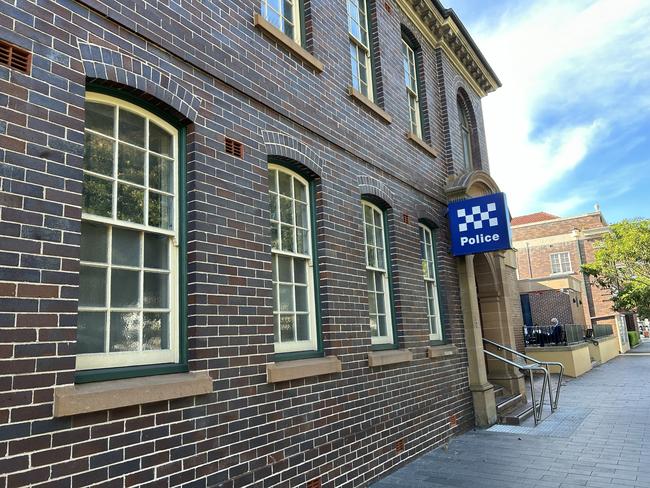
The council hoped the land would instead be dedicated as a public park but in 1929, the Resumed Properties Department sought tenders for the lease or purchase of the site.
The land was advertised as being “situated in an important shopping area, adjoining the Manly Gas Company’s showrooms and offices, and suitable for erection of shops, flats, and business premises.”
Despite the obvious attractions, it was not until 1935 that the site was leased by someone – Stanley Robinson of Coogee.
In 1939, the site was purchased by two Manly couples, Edward and Dorothy Coleman and Keith and Edith Bath for £7250.
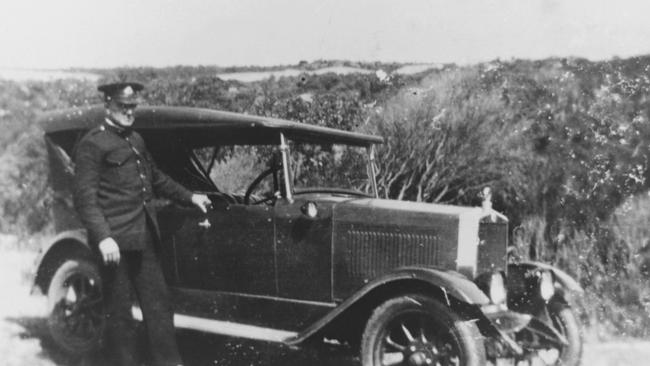
Edward Coleman and Keith Bath were estate agents.
Less than a year later, the Colemans and Baths sold the property to William G. Matchett & Co for £7500.
William Matchett was responsible for the construction in 1929-30 of Borambil, the tall, brown block of flats that towers over Manly surf club.
Matchett died in 1932 but his family company retained business interests in Manly.
The police station in Belgrave St has been renovated and enlarged at various times in its 100 years, including in 1944, 1964, 1981 and in 2012-15.


